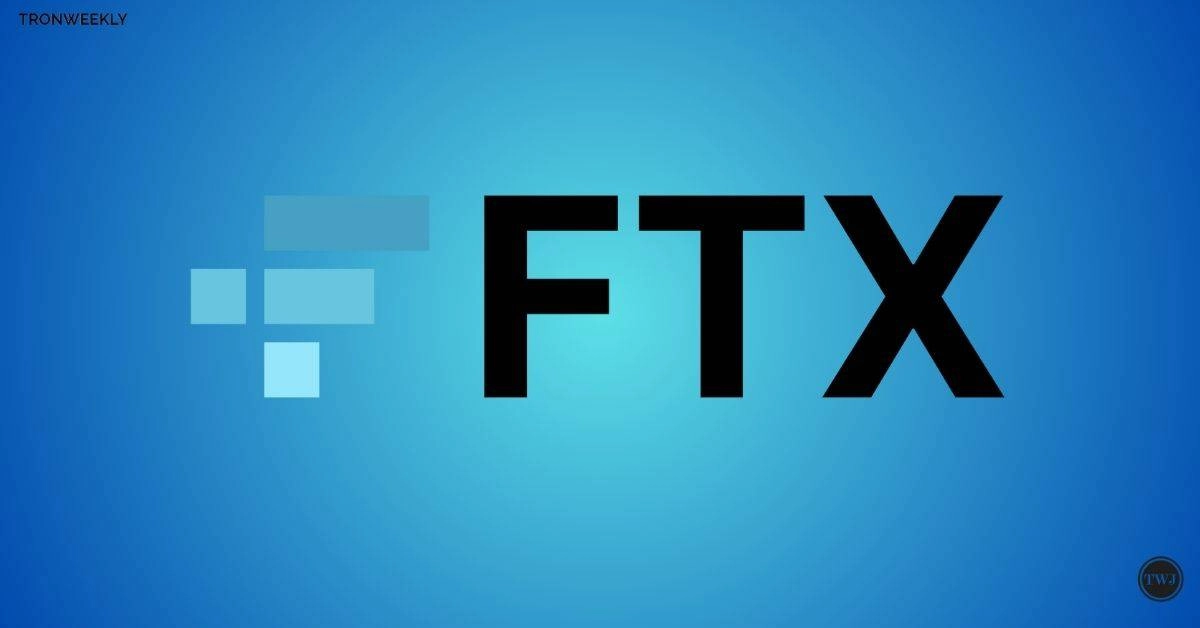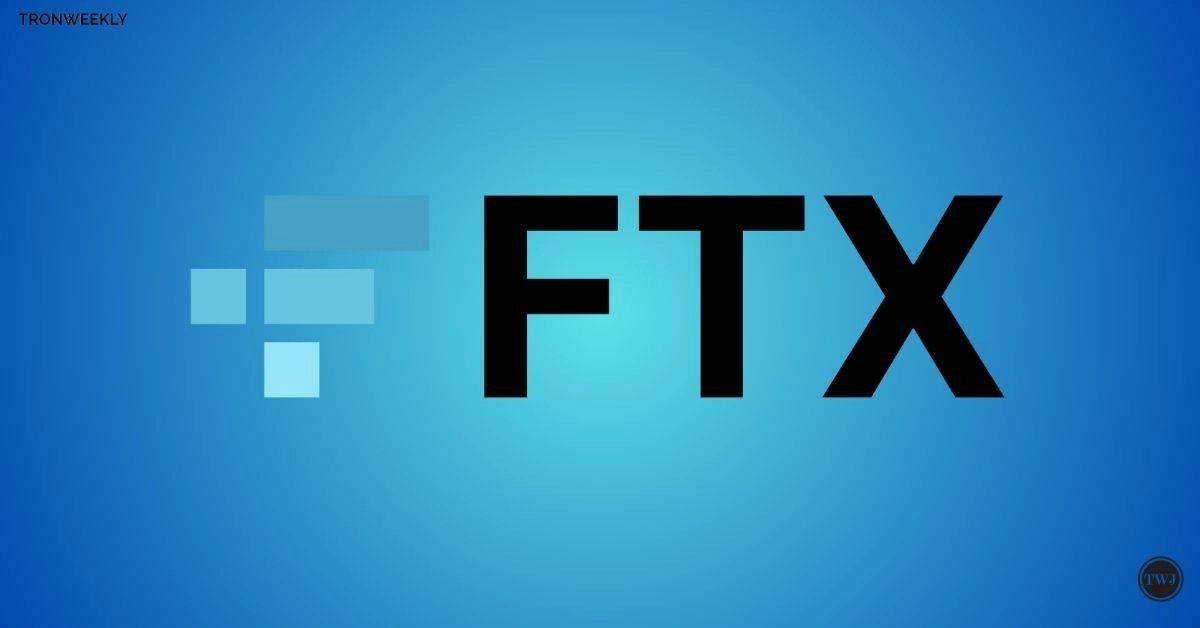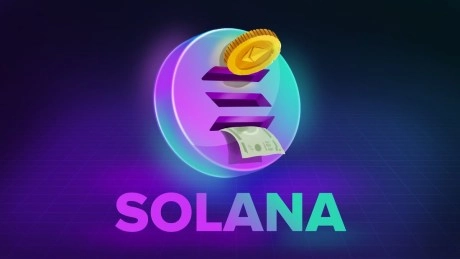You are here: Home / News / FTX Collapse Turns Two: The Rise Of Proof-of-Reserves In Crypto Exchanges

- FTX collapse anniversary nears, highlighting the crypto industry’s ongoing trust and transparency challenges.
- Proof-of-Reserves become crypto’s new standard; Coinbase stands out as the only major exchange without a PoR report.
- Binance leads in transparency with extensive Proof-of-Reserves, strengthening trust amid market volatility.
As the date of November 6 approaches, which will be two years since the FTX exchange collapsed, the crypto industry is still working towards building more trust with customers. FTX’s tragedy, one of the worst disasters in the crypto world, raised concerns about reserve management and raised alarm bells across the market. FTX’s failure to have enough funds to meet customer deposits revealed that exchanges must prove that they have the funds to safely store customer deposits – a process that is now called Proof-of-Reserves (PoR).
Two Years After FTX – The State of Exchange Proof of Reserves
Next week, November 6th will mark the two-year anniversary of the FTX exchange collapse. The FTX collapse marked one of the most significant failures in cryptocurrency history, stemming from the exchange's inability… pic.twitter.com/c3pjemfDBN
— CryptoQuant.com (@cryptoquant_com) November 1, 2024FTX Drives PoR Standard
After the event, Proof-of-Reserves has become the new standard in the industry, with major exchanges also choosing to be more transparent to prevent such situations. The PoR enables the exchanges to share proof of assets thus making the users to have confidence that their funds are safe and easily accessible.
Among the top exchanges, the only major platform that doesn’t have a public PoR report is Coinbase. This has raised eyebrows among the users and analysts since the transparency is now a norm among the cryptocurrency markets. Different from other cryptocurrency exchanges that have implemented PoR as a part of response to public outcry after FTX exchange incident, Coinbase has not adopted the practice.
Binance’s PoR Commitment
In contrast, Binance has been one of the most active companies in implementing the PoR, setting one of the highest standards of transparency in the market. Binance’s PoR system includes:
Proof-of-Assets (PoA): Binance also has a process of publishing on-chain addresses which are proofs of its assets to enable anyone to check.
User Verification of Balances: Users of the Binance platform can confirm that their balances are included in the exchange’s total assets.
Multi-Asset Reporting: Binance’s PoR also extends to other assets which provide a more comprehensive view of what the exchange has in its reserve.
Despite the regulatory issues in 2023, Binance has added around 28,000 BTC of Bitcoin reserves, or 5%, for a total of 611,000 BTC. Binance also has some of the least drawn down levels in the industry, with its reserves being drawn down by only 16%, which also speaks for its financial stability.
Since the FTX collapse, only Binance and Bitfinex have been showing an increase in their Bitcoin reserves thus proving their stability. According to CryptoQuant, an analytical platform, this growth is a sign of good management of reserves. The FTX disaster has certainly set the new trend, and exchanges are now rushing to introduce PoR as a measure to prevent a repeat of the situation. Two years later and PoR is still as relevant as ever, enhancing trust while ensuring exchanges maintain the highest standards of financial responsibility.




